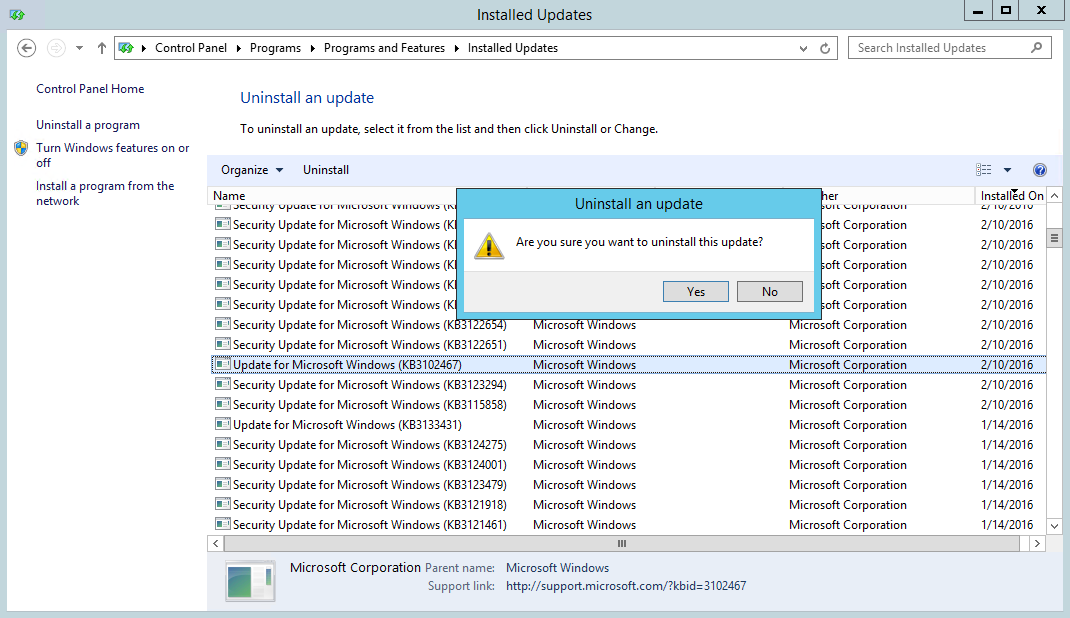
When you Install something you also get the option to Uninstall it. In this write-up, we have explained the different command-line methods to uninstall the packages from the Raspberry Pi OS as well as the graphical user interface method.Many computer users are not familiar with the term Uninstall and its concept. The uninstallation of the packages on the Raspberry Pi makes the memory free for the new packages. The Raspberry Pi is a Debian-based Linux distribution in which we can manage the packages with the apt package manager.

The Geany software has been successfully uninstalled from the Raspberry Pi OS. Lastly, for authorization purposes, it will ask for the user account password, give it and press on the “Ok” button to remove the software: It will confirm once again about the removal of the packages, click on the “Continue” button: The results will be displayed on the screen, right-click the mouse button on the selected result and choose the “Remove Package” and then click on the Apply button: Search for the package or software which you want to remove, let us say we want to remove the “Geany” software so we will search for it in the search bar. Go to the Raspberry Pi Icon on the top left corner of the screen, choose the “Preferences” and then click on the “Add/Remove Software”:

The most convenient way to remove any software from the Raspberry Pi OS is by using the Graphical User Interface (GUI). How to uninstall the software from the Raspberry Pi OS using the GUI The general syntax of using the remove command with an apt package manager to uninstall any package is: This method is used when you want to remove any package or software without removing its configuration files from the Raspberry Pi OS. To uninstall the software from the Raspberry Pi OS using the command line, in order to free some space there are different methods which are: Method 1: Using the remove command

How to uninstall the software from the Raspberry Pi OS using the CLI In this write-up, both these methods of uninstalling software from the Raspberry Pi have been explained. We can uninstall such packages which are of no use from the terminal as well as from the GUI method. These packages occupy the memory of the system, which makes the memory-less for the installation of the future packages and also slows down the performance of the system. Hence these packages occupy the space of the device. We install many packages on Raspberry Pi but most of them we do not use after performing a particular task.


 0 kommentar(er)
0 kommentar(er)
